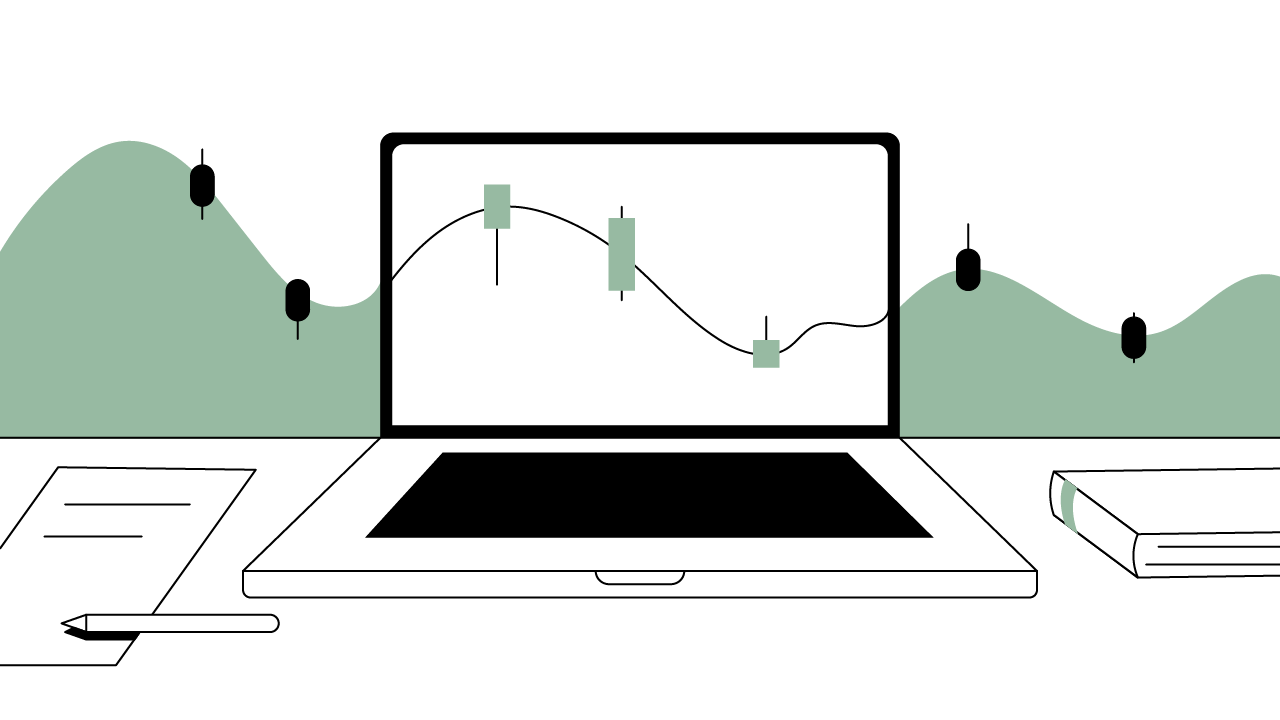Contents
Understanding Order Management Systems
Order management systems built specifically for trading digital assets connect to crypto exchanges to offer services tailored to the global crypto market.
Updated March 10, 2022 • 3 min read

Summary
In financial markets, an order management system (OMS) automates and integrates tasks to process the lifecycle of a trade order into a single system. These systems were originally developed to solve for delays and a lack of cohesion in traditional trading firms. Over time, OMS software has integrated increasingly sophisticated features and functions — potentially to support cryptocurrency trading.
Understanding Order Management Systems
In financial markets, an order management system (OMS) automates and integrates tasks to process the lifecycle of a trade order into a single system. These tasks include routing the order to an exchange, searching for an appropriate counterparty, and reconciling the order in accounting books. OMSs connect different parts of a market’s infrastructure, acting as its transportation rails, while bringing liquidity and predictability to transactions.
Order management systems can perform a diverse set of functions depending on who is using them. For example, individual traders use an OMS to place buy or sell orders; broker-dealers offer trading services to customers via an OMS; exchanges use order management systems to source liquidity, and market makers use them to track and arbitrage their positions at different venues. Order management systems for cryptocurrency markets serve the same basic functions as those for traditional markets with added crypto-specific features like wallets and custody.
Order Management Systems: Background
Originally, order management systems connected data and processes for the three divisions of a trading firm — the front, middle, and back offices — which together are responsible for generating, executing, and closing trades. In the 1980s, these divisions operated as silos, each with distinct processes and systems that were managed by different people. This lack of cohesion created delays and bureaucratic problems, which in turn affected how fast trading firms could react to market volatility. For example, because their systems could clear ticket backlogs only sequentially, traders were often forced to wait before they could make what normally should have been timely strategic moves.
Order management systems were designed as a solution to these types of problems. The simplicity of a trading firm’s OMS interface conceals a complex web that touches multiple stakeholders, from its customers to trading exchanges and institutional investors.
Recent Developments
On Wall Street, trade order management systems connect the buy side — typically fund managers whose job is to pick high-alpha securities for their portfolios — to the sell side — typically trading floors at investment banks. Technology protocols, such as Financial Information eXchange (FIX) and WebSocket, facilitate standardized communication and data exchange between different systems and enable rapid and concurrent execution of trades. Over time, OMS software has integrated increasingly sophisticated features and functions, such as comprehensive analytics, real-time trading and research snapshots, and capabilities to test out trading strategies. A fast and efficient OMS can be a competitive advantage for trading firms because it enables them to move in and out of positions quickly.
An Order Management System for Cryptocurrencies
There are few large investing firms in the cryptocurrency ecosystem. Further, individual traders, who perform the bulk of crypto trading, must transact using relatively underdeveloped infrastructures. The global nature of cryptocurrencies also means that exchanges are spread out across geographies and operate 24/7. Counterparties for cryptocurrency trades are still sometimes hard to source and liquidity positions can vary between trading venues.
To maximize their chances of a profit, crypto traders often open accounts at multiple exchanges. But, handling these accounts individually instead of being connected to many or all of them at the same time via an OMS, can be time consuming and complex. Crypto traders must set aside extra time (and expense) to collect, consolidate, and calculate their trade data across platforms. And of course, this process is only attenuated in a volatile trading environment.
Apart from a couple of mainstream order management systems that offer capabilities for bitcoin futures trading at the Chicago Mercantile Exchange (CME), most OMSs do not service cryptocurrency trading. Instead, cryptocurrency entrepreneurs have launched OMSs specifically for crypto trades. These systems connect to crypto exchanges around the world and offer a suite of services specifically tailored to the market. For example, they might offer crypto research reports and wallet services at no cost or allow customers to stake or deposit their crypto to earn interest.
Evaluating Cryptocurrency Order Management Services
Until cryptocurrency market infrastructure is completely built out, popular order management systems likely will not integrate crypto trading into their service offerings. If you’re evaluating OMSs targeted at the crypto market, you might want to consider these factors:
Speed: Cryptocurrency prices can be more volatile than mainstream securities prices. Therefore, a trade order management system designed for cryptocurrencies must be able to keep pace with price changes and display them with minimal latency, so that traders can respond accurately and quickly to market volatility.
Connections to Exchanges: There are more than 200 cryptocurrency exchanges operating throughout the world at this writing. These exchanges present an arbitrage opportunity for traders because cryptocurrency prices may vary across platforms. Thus, a strong cryptocurrency OMS should connect to the most liquid and well-known exchanges for crypto traders to successfully execute their arbitrage strategies.
Regulatory Compliance: OMS functionality must allow crypto traders to remain compliant with crypto regulations in their jurisdictions; meaning that the OMS should be able to generate accurate and timely trading reports and other required regulatory documents.
Cryptopedia does not guarantee the reliability of the Site content and shall not be held liable for any errors, omissions, or inaccuracies. The opinions and views expressed in any Cryptopedia article are solely those of the author(s) and do not reflect the opinions of Gemini or its management. The information provided on the Site is for informational purposes only, and it does not constitute an endorsement of any of the products and services discussed or investment, financial, or trading advice. A qualified professional should be consulted prior to making financial decisions. Please visit our Cryptopedia Site Policy to learn more.

Is this article helpful?


